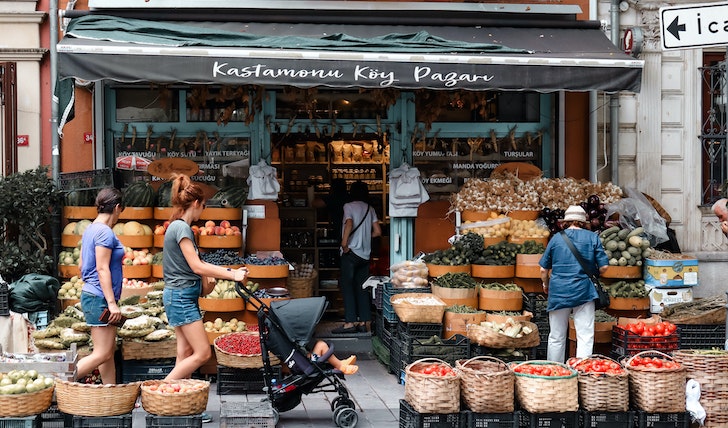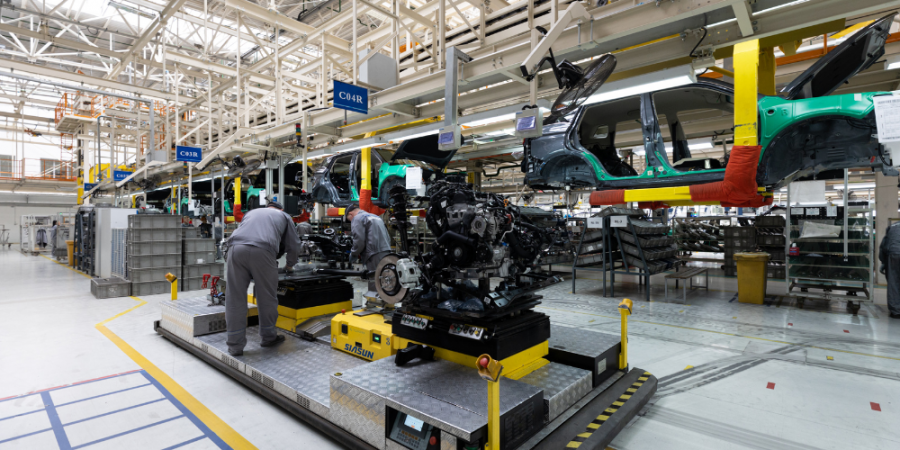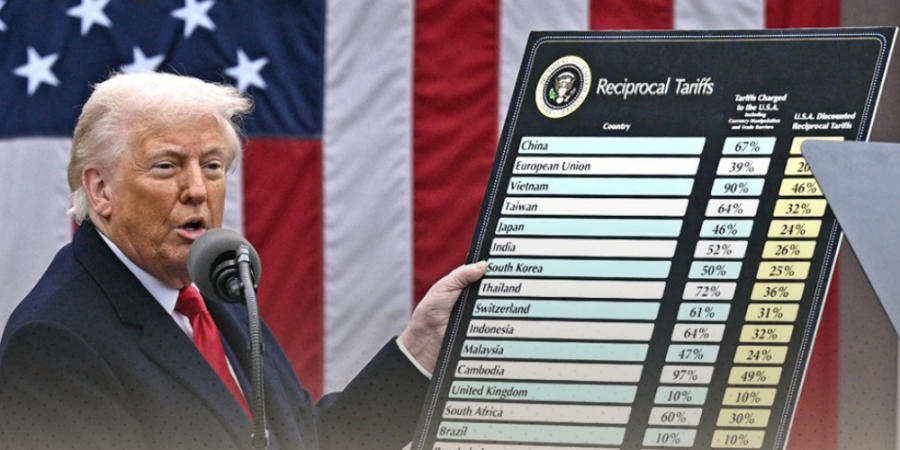The recent pandemic has disrupted almost all sectors of the economy, with the food industry being hit the hardest. The pandemic led to changes in consumer behavior, lockdowns, travel restrictions, and supply chain disruptions that made it difficult for farmers, food processors, and retailers to bring food to the table.
The food supply industry, which was previously taken for granted, has suddenly become the focus of attention, with questions being asked about its resiliency and ability to provide for the growing population.

Michael / Pexels | As with other sectors, the food sector was equally harmed by the mayhem of the COVID-19 pandemic.
In this article, we will examine the impact of the pandemic on the food supply industry, the challenges faced by the industry, and the measures taken to ensure food security.
Panic Buying
The initial effect of the pandemic on the food supply industry was a sudden surge in demand for basic staples. These include such as rice, flour, and canned goods. Panic buying by consumers led to empty shelves in supermarkets and a shortage of raw materials in food processing plants. The transportation industry was also disrupted, which plays a critical role in the supply chain.
Consequently, border closures and reduced air travel affected the movement of food stocks across countries. Farmers were also affected, as they struggled to sell their produce due to restaurant and catering closures.

Ays / Pexels | Panic buying of necessary groceries was one of the foremost effects of the COVID-19 pandemic.
The second impact was reduced demand for certain types of food products. As people were forced to stay at home, the demand for products such as alcohol, coffee, and desserts decreased. The supply chain was further affected as many food processing plants closed down temporarily due to the pandemic, leading to reduced output in the production of processed foods.
Prolific Shift in Consumer Behavior
The third effect was a shift in consumer behavior. As people stayed indoors and cooked more meals at home, the demand for fresh produce increased. This change in behavior resulted in an increase in demand for home delivery services. And, of course, online food platforms such as Amazon Pantry and Instacart.
Apart from that, the increase in food prices was another massive challenge. Multiple factors led to the increase in food prices. These include the increased demand for fresh produce, the reduced output in processing plants, and the cost of protective gear and safety equipment for workers in the food industry. With the reduction in the supply of some food products, consumers had to pay more for the few available options.

Anna / Pexels | Following the mayhem of the COVID-19 pandemic, food suppliers noticed a massive shift in consumer behavior.
The final impact was the need for food security. Governments worked tirelessly to ensure food security for their populations by investing in new food supplies, ramping up local production, and ensuring the availability of basic foodstuffs. This was done to reduce the dependence on imports and the risk of supply chain disruptions.
Thus, the COVID-19 pandemic had a major impact on the food supply industry. However, the industry has shown remarkable resilience and adaptability, with companies pivoting to new models such as online food platforms and home delivery services to meet the changing consumer needs.
Despite the challenges, the pandemic has enabled the industry to identify areas of improvement and innovation. Consequently, it led to increased efficiency and resilience.










